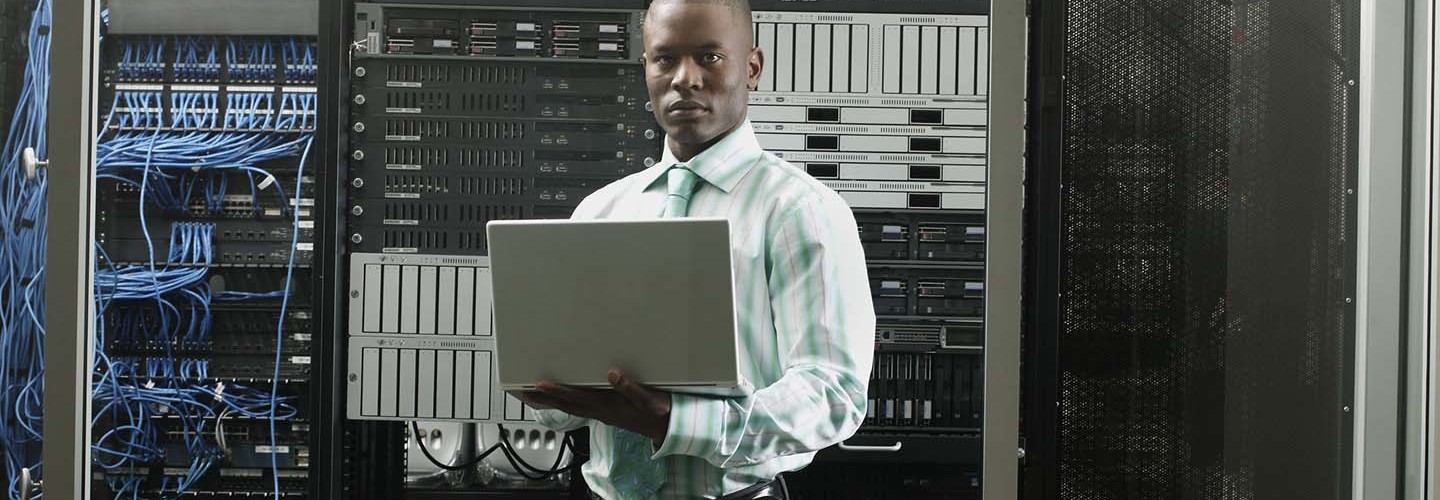3 Steps for Optimizing Your School’s Closet-Sized Data Center
School IT professionals are no strangers to tight quarters and even tighter budgets. Many manage improvised data centers or IT rooms housing a wobbly table stacked with servers or, at best, a single rack of equipment.
When it comes time to upgrade that gear, the space and funding limitations can leave IT staff feeling like the deck is stacked against them. Thankfully, the opposite is the case: The capabilities of affordable, mid-range gear are better than ever.
So if you’ve already decided to get rid of that table in favor of a rack and server-class hardware, what are the next steps?
1. Duplicate Firewalls, Switches and Servers
Smaller data centers are more dependent on individual devices, so your first job is to try to eliminate those single points of failure. As the least reliable component in the building, electricity makes a great starting point: Select gear with dual power supplies, and include dual uninterruptible power supply (UPS) systems in your rack.
When possible, duplicate equipment such as high-availability pairs of firewalls, stacked switches and clustered servers. For pricier components, such as storage area networks (SANs), pick a device with sufficient redundancy to reduce your risk; dual power supplies and dual controllers are a must.
Schools with tighter IT budgets can look to SAN and network-attached storage (NAS) hardware for affordable backup-to-desk options. But if you go down that path, be prepared for the inevitable failures and compatibility issues that accompany hardware designed for home and casual use.
2. Create Reliability Through Virtualization
There’s no better way to add reliability than through virtualization. Schools can buy “pizza box” servers with no storage, hook them up to a SAN and run as much on them as possible. Even the virtualization manager (for example, VMware’s vSphere controller) can be run as a VM. This allows you to swap hardware and perform upgrades and updates, all while ensuring that individual server failures don’t impact the entire system.
Nowadays, memory is more important than CPU, so feel free to buy slower servers, but pack them with as much memory as you can. Don’t aim for a 10 gigabits per second backbone unless you can make it redundant. If that’s not an option, it’s better to have multiple 1Gbps links that survive a failure than a 10Gbps link that becomes a single point of failure.
3. Manage and Monitor All Equipment
Deploying managed equipment — everything from UPSs and power strips to switches and servers — is a great way to step up your professional game. Manageability shortens time to identify and resolve problems and is also a sign of better hardware design. Additionally, managed gear lets users capture configurations for documentation and disaster recovery.
Monitoring is the other half of management. By investing in a stand-alone temperature sensor with an Ethernet port, as well as Ethernet-connected power strips, schools can spot power and HVAC problems before they turn into crises.
A dedicated system running commercial or open-source monitoring tools can also provide graphs of performance and, more important, send alerts when problems arise. Combined, these benefits make data center monitoring solutions essential to a well-run closet data center.








